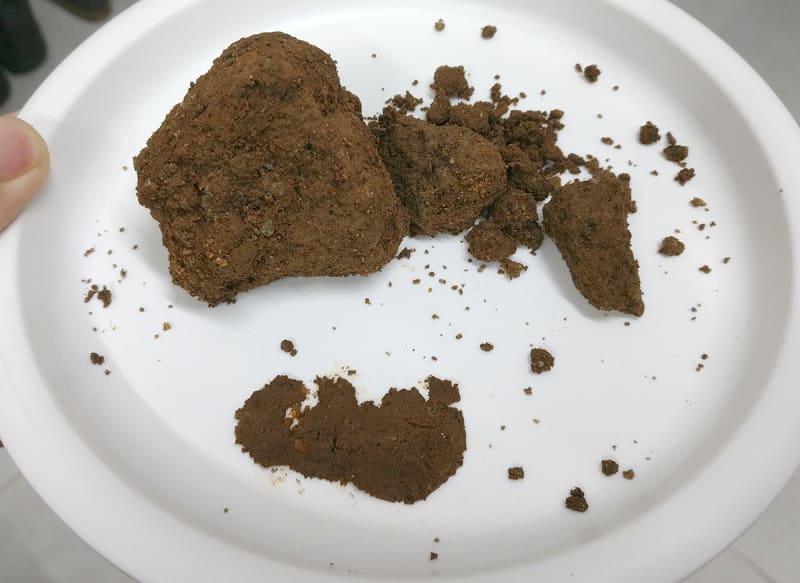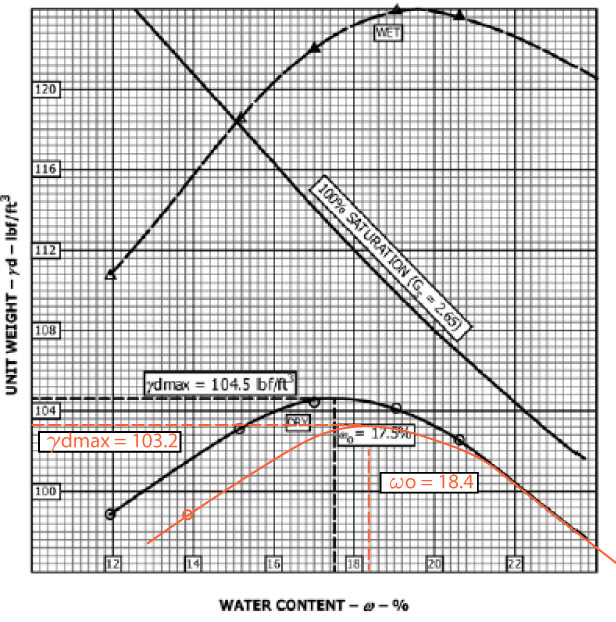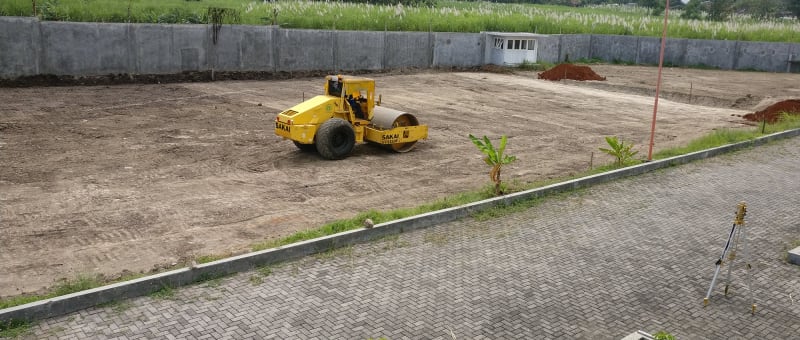amazing azza
Industrial
Starting on a new project. A small sugar cane processing plant in sunny Indonesia. We are scheduled to begin earthworks soon. Going to strip the vegetative layer (20 cm) and do a controlled fill with clay up to grade level for the main building. Total height of fill - 1 to 1.5m. I need help with specifying a QC procedure for this from the owner's side. Our spec is 95% MDD, 20cm lifts.
* Is it realistic to do sand cones on every lift? Several samples?
* I am planning to require a minimum size for the sand cone - 200mm cone with 4L jug.
* What is the proper equipment for compacting each lift? I have seen them simply rolling over the incoming fill with a dozer before. Dozer spreads and drives over, spreads and drives over.
* Is it realistic to do sand cones on every lift? Several samples?
* I am planning to require a minimum size for the sand cone - 200mm cone with 4L jug.
* What is the proper equipment for compacting each lift? I have seen them simply rolling over the incoming fill with a dozer before. Dozer spreads and drives over, spreads and drives over.


![[wink] [wink] [wink]](/data/assets/smilies/wink.gif) When I was in Kudus - I stayed at the Asri Jaya until I married, then we stayed for a few months at the Notosari before heading off to Pakistan and then Canada. I really liked the satay ayam we could get at the old stall complex near Simpang Tujuh. Take care - and remember the most important words for a guy when he is with his gal . . . walking down the street or in the mall . . . "Liku-liku laki-laki"!!
When I was in Kudus - I stayed at the Asri Jaya until I married, then we stayed for a few months at the Notosari before heading off to Pakistan and then Canada. I really liked the satay ayam we could get at the old stall complex near Simpang Tujuh. Take care - and remember the most important words for a guy when he is with his gal . . . walking down the street or in the mall . . . "Liku-liku laki-laki"!!
